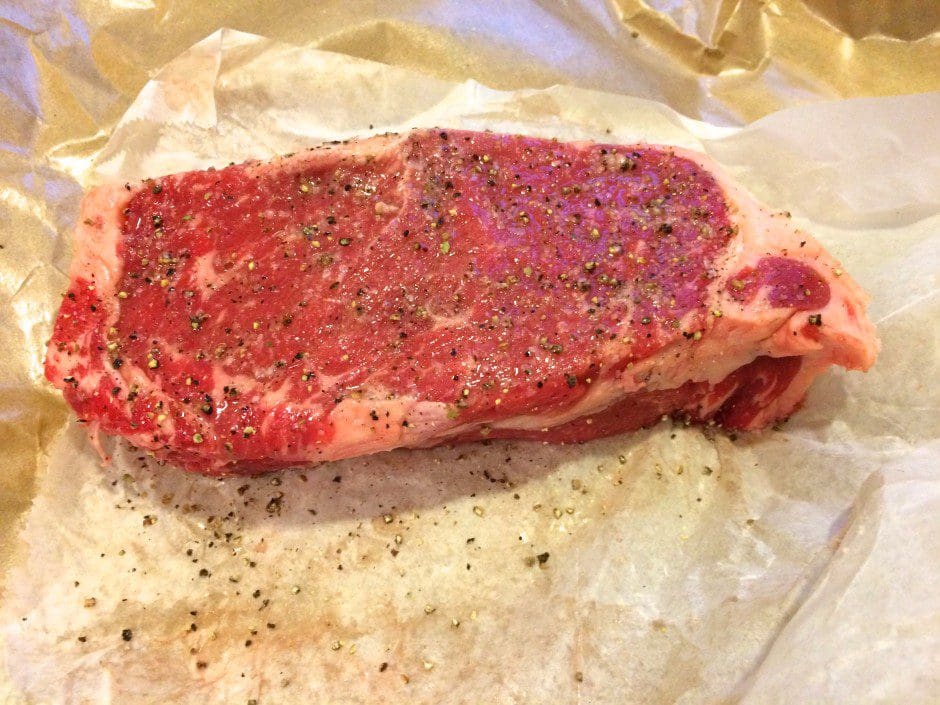
Los Angeles, Ca, – In case you’re curious about the difference between meat categories: Organic, natural, grass-fed, prime, choice and select. Here is a brief summary to help you navigate labels, supermarkets and hopefully butcher shops.
The grill is ready to go and it’s time to start cooking! We all want our meats to taste restaurant quality with good quality proteins. As we know mastering the grill is only half the battle, it all begins with understanding the quality meat you’re buying.
Meat Terminology
Organic – Meat that has no antibiotics, hormones and minimizing to the best of their ability pollutants and other toxins.
Natural- Meat that cannot have artificial flavors or colorings and has to be minimally processed.
Grass-Fed – An animal that has eaten nothing but grass and forage from weaning to harvest.
Prime – a term created by the USDA to help regulate meat for consumers. Prime is from young well-fed cattle that provide flavorful meat. They have good marbling, which creates a richer product.
Choice – Still good quality meat but it doesn’t have as much marbling as prime.
Select – A uniform piece of meat and tends to have less fat and less flavor. This meat should be marinated and braised to optimize flavor.
Other things to know when buying meat:
BUYING – Start by searching for the freshest meat. Look for a bright red color (unless Cryovacked then it might be purple). The meat should be soft but firm to the touch. The blood (actually myoglobin, if you’re picky about these things) that comes from it should be red, not brown. The blood and meat should smell clean and a bit sweet.
A GOOD TEST – A good test for steaks is shared by one of Italy’s finest Chefs, Valter Roman of the Tuscan Chef Cooking School. Put your thumbnail into the beef; when you remove your nail, its imprint would remain in the meat for a few seconds, then fade away.
FIND AN EXPERT – You really want to spend the extra money to buy quality meats, particularly if dad likes his steak very rare. Find a butcher who sells fresh meats, or visit a quality store, where the butchers can help you find the best cut and provide grilling tips.
WHAT CUT TO BUY – Different cuts have different textures and call for different cooking styles. A prime rib, for example, has a lot more fat, which produces softly textured, sweetmeat, that pairs well with horseradish sauces. A prime rib or porterhouse does well with a minimum of pre-preparation. Tried and true is to let the meat sit on the counter until it reaches room temperature, covering it with a light rub of a little quality olive oil, salt, white pepper and crushed garlic.
A QUICK TIP – Those flavors will soak in while the meat is warming. Never put ice-cold steak on the grill. It will cook quickly on the outside, but remain raw on the inside.
Beef isn’t just beef and not all beef is the same, in taste, consistency and texture. We will be discussing the importance of quality cattle so join us on Saturday at 1 pm on Communities Digital News and don’t forget to tell your friends.
Which type of meat do you buy? Seriously… (I know and you know what we should be buying, but I want to know what you really buy?)